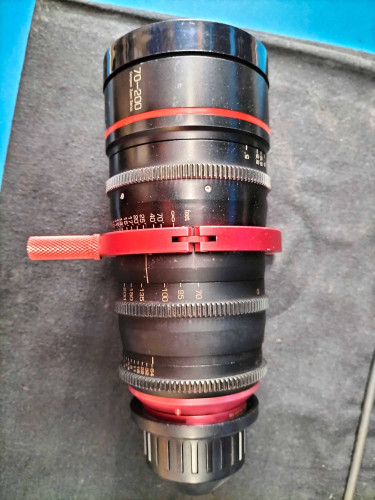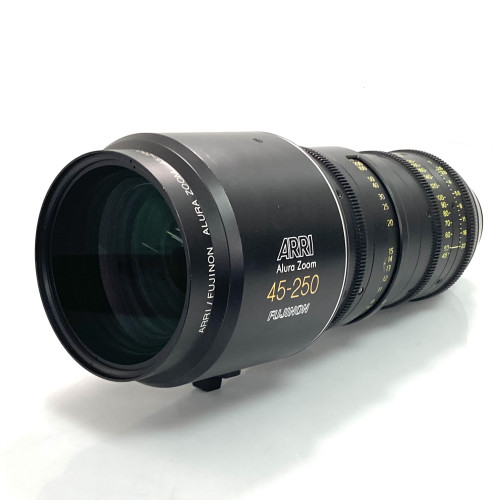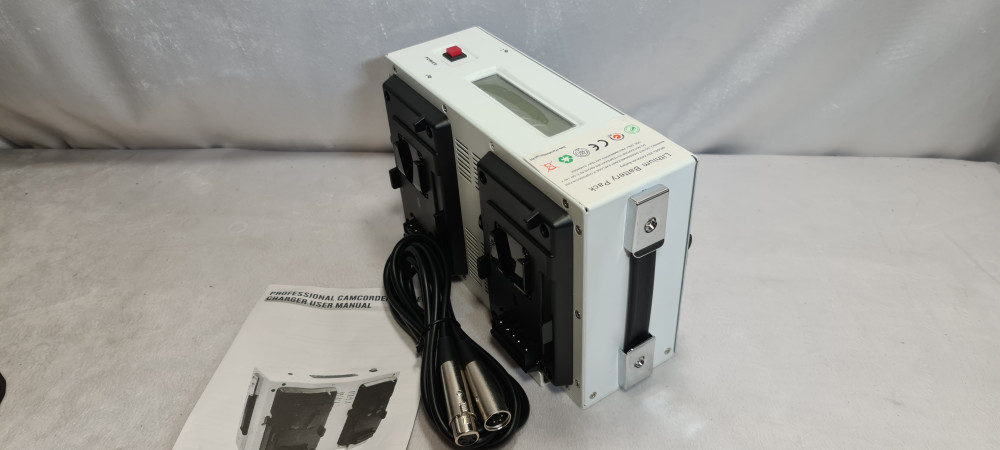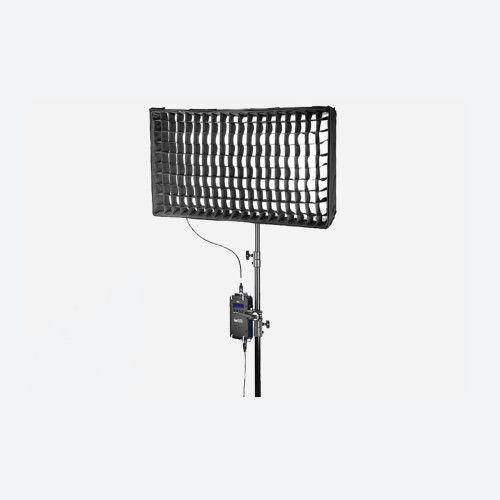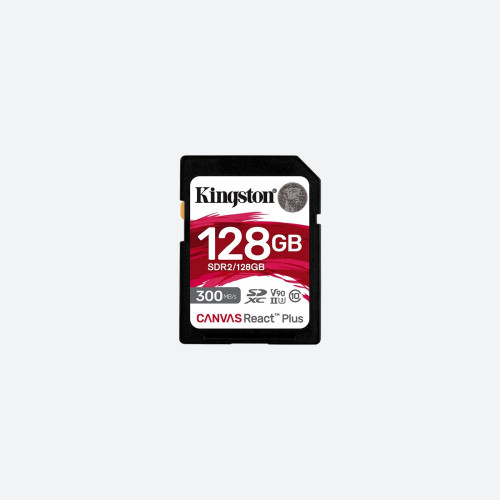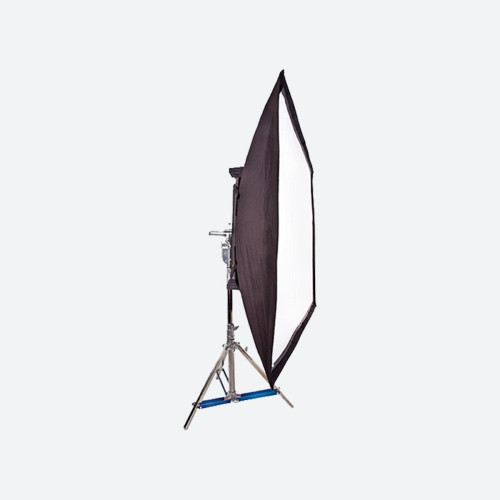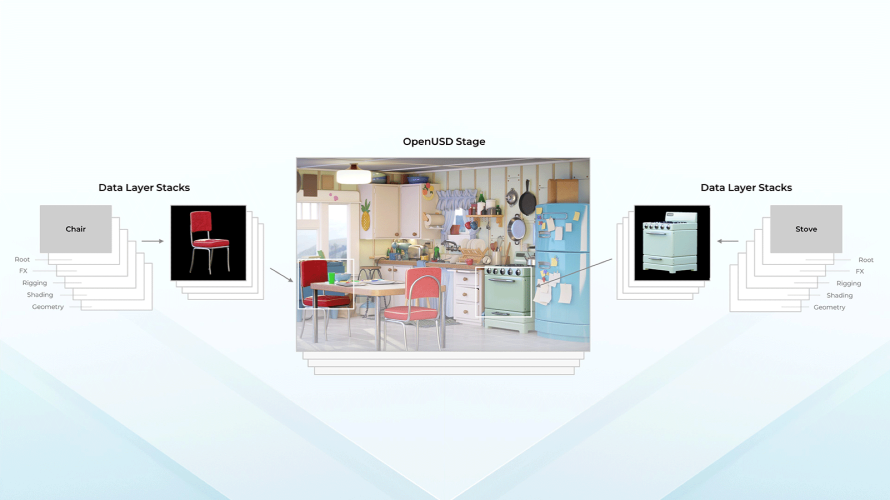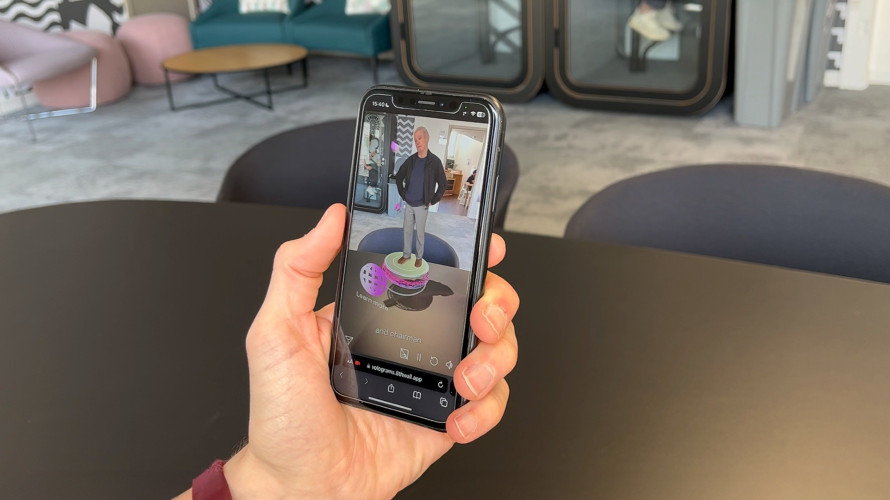Getting close to the edge?

Author: Bob Pank#
Published 1st November 2011
'Edge Violation – A visual artifact that can arise when part of an object near the edge of the display is represented in the left-eye image but is not represented in the right-eye image or vice versa.' So says the 3D glossary given by 3D@Home.
Figure 1 shows an example of edge violation. A street lamp post is located on the extreme right in the foreground. With the cameras converging on the middle ground, the left hand camera will be able to 'see' the entire lamp post.
Viewed in 2D the post is only partly onscreen. The rest of the post is perceived as being behind the frame. But if one sees the scene shot in 3D, and the post was in front of the screen plane, then some of it appears to be floating in the air.
The human brain is accustomed to occlusions like this but, viewing through a television or cinema frame, it can become confused. The occlusion then gives the viewer the impression that the post is behind the frame, but the parts visible to both eyes creates the 3D illusion of it being in-front. This conflict can causes eyestrain and headaches. Combined with a lot of motion, it can even induce (some say) vomiting.
A simple post-production technique used to fix the problem is the 'floating window'. The trick is to insert a very narrow black bar down one side or other of the 3D picture to be viewable by only one of the two eyes. The effect is that suddenly the vertical boundary edges of the frame seem to be closer to the viewer than they really are.
Another solution is to frame shots carefully when shooting, in such a way as to not create serious edge violations in the first place. Spotting where edge violations are occurring takes a practised eye, however, as they may not be as big and obvious as the example lamp post. The simplest aid to do this is a monitor or system with at least a left-minus-right view capability.
Being able to spot edge violations automatically with a stereoscopic analyser actually takes more number-crunching capability than does the necessary depth analysis. This is because we need to compare the pixels in each eye for a feature that does not match in any possible horizontal position in the other eye’s view. The search window has to be very wide as violation objects are likely to be close to the cameras and therefore to have large horizontal disparities. If these match in any position, they are not violators.
This special feature now exists in the Cel-Scope3D software where the objects that are objectionable can be highlighted on a monitor. Additionally, red alarm message can be flagged to warn the user that violations have become apparent.
Robin Palmer is Managing Director of Cel-Soft and is currently involved with software solutions for 3D & TV quality control and measurement technology.



